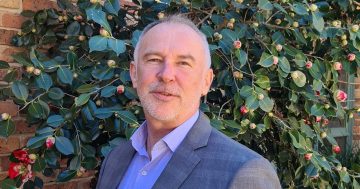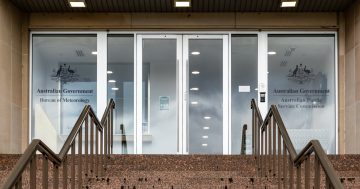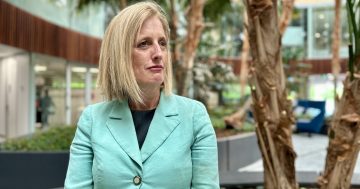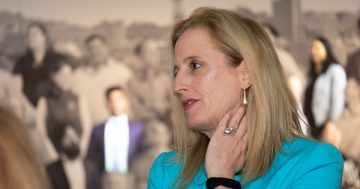
Between 4.1 and 9.3 per cent of APS staff have self-identified as having a disability. Photo: Elizabeth Woolner.
Public servants with disability are keen to change jobs sooner than others and at a higher than average rate, according to the findings of a new report into diversity in the Australian Public Service.
While 10 per cent of APS workers overall have indicated they want to leave their jobs, for workers with disability the rate is 14 per cent.
Indigenous and LGBTIQA+ groups follow closely at 12 per cent each, while women remain the most satisfied with their jobs – with only nine per cent indicating they want to leave sooner rather than later.
The differences in rates of indication are also reflected in the actual jobs separation numbers reported.
The Australian Public Service Commission’s inaugural Diversity and Inclusion Report, released this week, draws information from the APS Census and the APS Employee Database to give a clear snapshot of the level of diversity of the workforce.
The statistics will be used to help the APS leadership with its strategic direction and to help tell its story of a changing sector.
“We have a responsibility to create a workforce that represents and best serves the Australian community,” APS Commissioner Peter Woolcott said.
“Workplace environments that demonstrate cultural integrity drive better policy development and service delivery outcomes, to better meet the needs of the Australian community.”
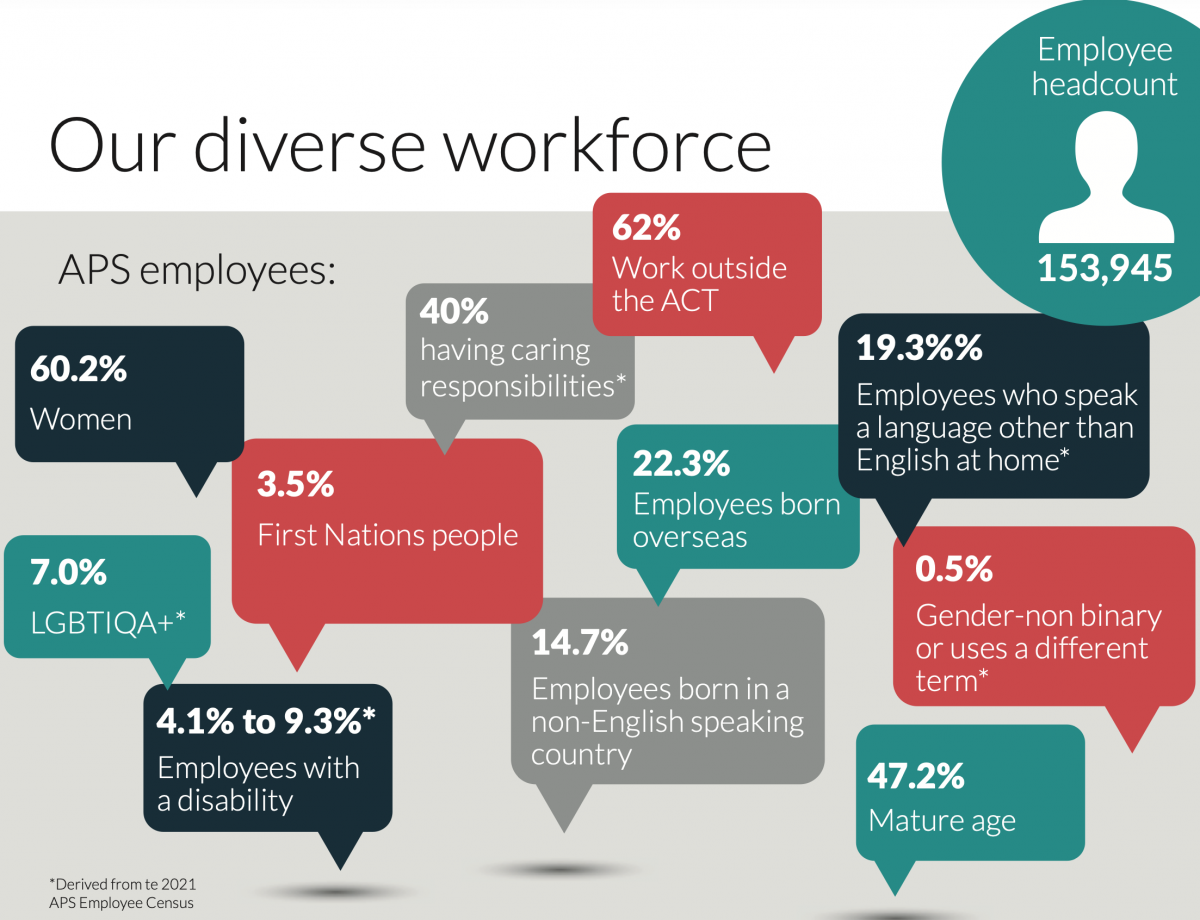
Diversity in the APS. Image: APSC.
The “unprecedented pace of change” globally and domestically from the pandemic and other continuing factors have heightened expectations of the public service.
According to the report, there is an imperative to embed diversity and inclusion to deliver effective outcomes expected.
“Quite simply, if we are to serve the entire Australian community, we need to reflect that community,” it states.
“The research is clear: diversity and inclusion is a powerful enabler of performance, and APS agencies that leverage diversity and inclusion will be better positioned to adapt to future challenges and increase productivity.
“The APS needs diversity in the workforce to deliver innovative policy and services and to maintain the high regard for our integrity and citizen-centric focus.
“When diversity is missing, important ideas are missed. Issues arise in implementing policies and delivering products and services because those creating them are working from a single perspective. Diverse and inclusive leaders, teams, and workforces are better positioned to create new ideas that improve outcomes for our community.”
But while one in 10 employees indicated they wanted to leave their current positions as soon as possible, those from some diversity groups seemed more likely to report an intention to leave.
“Employees with disability report wanting to leave their agency as soon as possible at a higher rate than any other diversity group,” the report states.
“This trend is also reflected in workforce separations recorded in the APS Employee Database, with employees with disability separating from their agency at a much higher rate than employees without disability.
“In the financial year 2020-2021, 5.5 per cent of the workforce separated from their role. Both First Nations employees (7.3%) and employees with disability (7.8%) had separated at higher rates than other employees.”
My Public Sector
Data from 153,945 APS employees was analysed for the report, revealing that employees with disability comprised up to 9.3 per cent of the workforce, and First Nations employees made up 3.5 per cent of the workforce.
A total of 22.3 per cent were born overseas, with 19.3 per cent speaking a language other than English at home.
Mature age employees made up 47.2 per cent of the workforce; 60.2 per cent of employees were women; and 40 per cent of the workers had caring responsibilities.
Responsibility for diversity and inclusion strategy actions sits with individual agencies across the APS.
